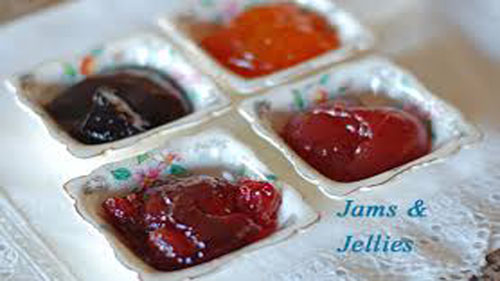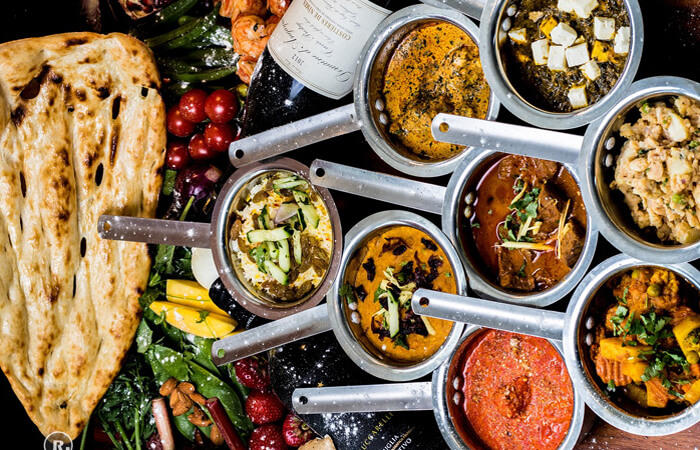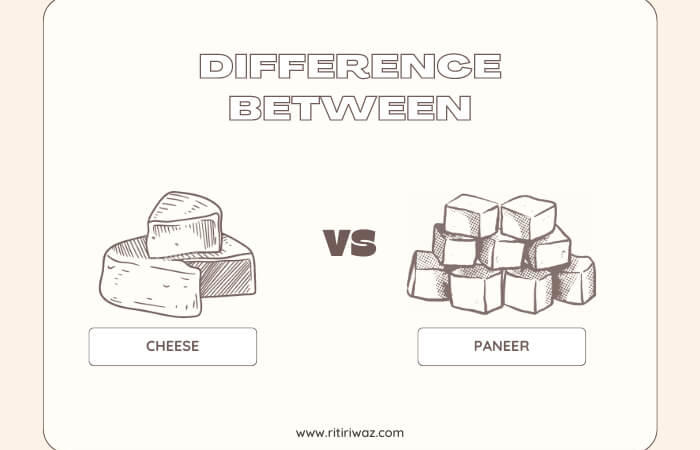Tips for making Jam, Jellies and Sauces.

Discover how to make jams, Jellies and Sauces and preserves with canning tips and recipes.
Equipment
A heavy-based saucepan can be used for making small quantities of jam, but if you want to make jam often it is wise to invest in a good Preserving Pan. The heavy base helps to prevent burning. Use a long-handled wooden spoon, like our Beechwood Preserving Spoon, for stirring and a metal spoon for skimming. A small jug or ladle can be used for filling the jars. A funnel is a help, but not essential.
Jam jars should be washed thoroughly, dried, and well warmed in the oven before you begin making jam. Warm jars do not crack when filled with hot jam.
Choosing fruit
If you are able to grow your own fruit, gather it on a dry day and choose it just slightly under-ripe; over-ripe fruit does not contain so much pectin and may need too long boiling to set into jam, which spoils the color and flavor.
Cooking
A small nob of butter rubbed on the bottom of the preserving pan helps to prevent skins sticking, and also prevents scum forming. Warming sugar in the oven before adding it helps to reduce cooking time, giving better color and flavor. Sugar must not be added until the fruit is really broken down, or the skins will be hard, and the flavor and color will not be so fresh.
Testing for setting
After a couple of minutes of rapid boiling, remove the pan from the heat, dip a clean wooden spoon into the jam, and hold it over the pan for a second or two. If the jam runs back freely, repeat the test every couple of minutes until it looks like heavy syrup. When a blob of jelly forms and then breaks away slowly, setting point has been reached.
Alternatively, put a teaspoon of jam onto a cold saucer, allow to cool, then run a finger through it. If the pathway remains, and the surface of the jam wrinkles slightly, the jam will set. If you prefer to use a Preserving Thermometer, stir the jam and then remove it from the heat. Dip the thermometer in hot water, then into the jam. If it registers 104°C/220°F, the jam is ready. Fill the jars well up into the necks as the jam will shrink as it cools. If a small amount of jam is left, turn it into a small dish and use it at once.






